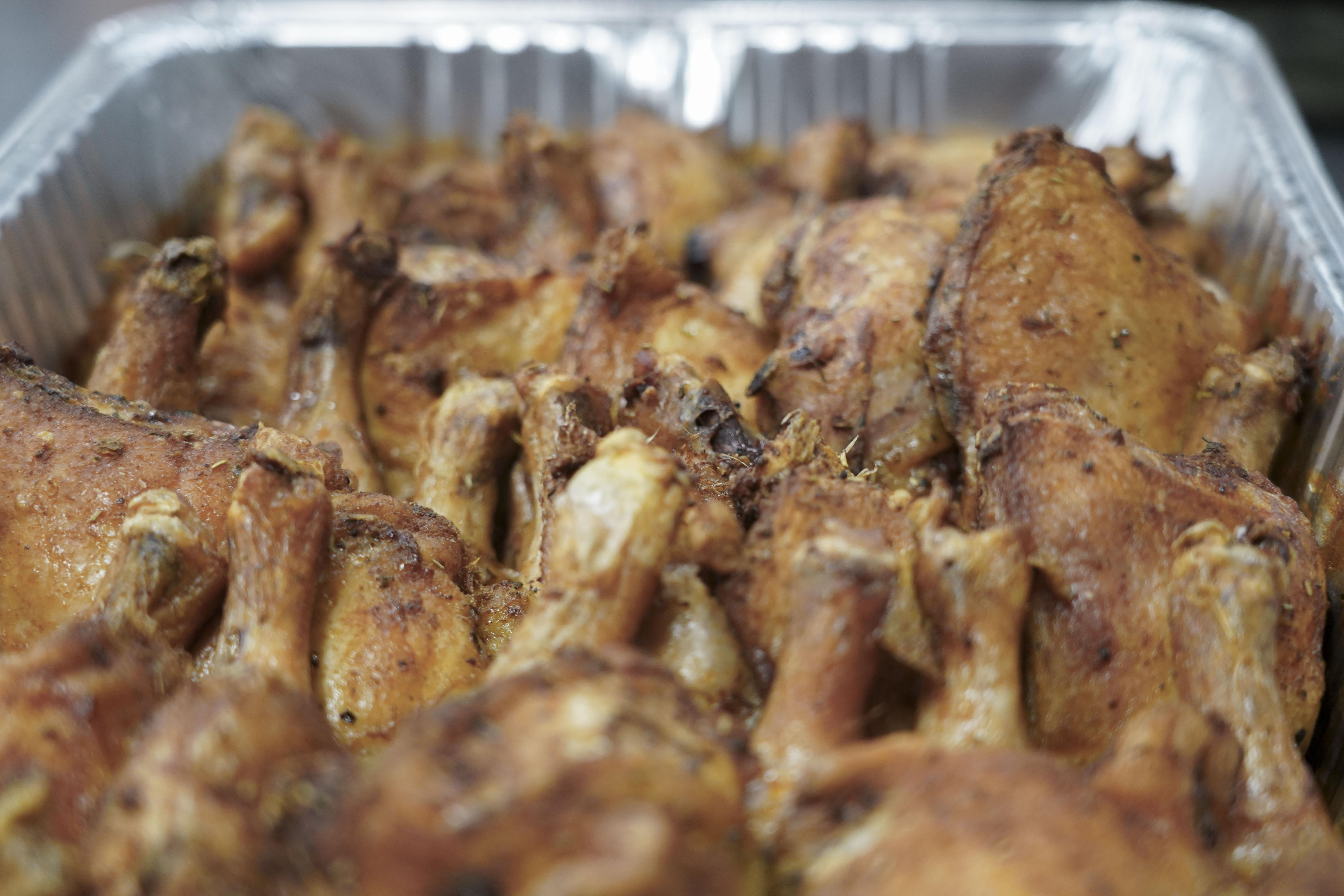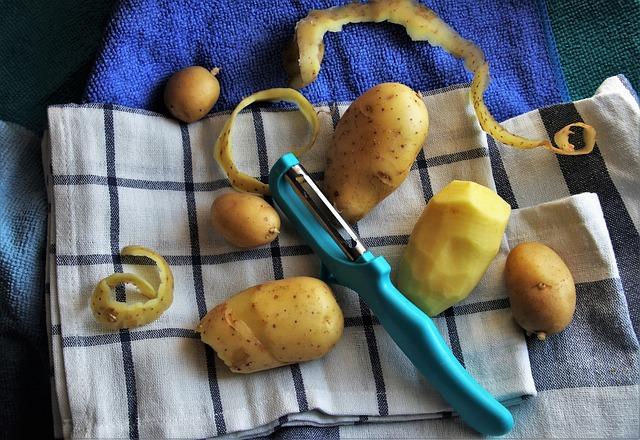Table of Contents
- Exploring the Concept of Food Budget Diaries
- Tracking Your Spending: The Key to Financial Awareness
- Practical Strategies for Maintaining a Food Budget Diary
- The Benefits of Reflection: How Diaries Improve Meal Choices
- Real-Life Success Stories: Transforming Food Expenses into Savings
- Q&A
- In Retrospect


Exploring the Concept of Food Budget Diaries
Tracking your spending on food can reveal surprising insights into your eating habits, preferences, and financial well-being. A food budget diary serves as a personal log where you record every expense related to meals, snacks, and groceries. By doing so, you not only gain clarity on where your money is going but can also identify areas where you might be overspending. The act of writing it down can create a sense of accountability that often leads to healthier choices and better financial management.
Moreover, this practice promotes mindful eating, encouraging you to think critically about your purchases. Keeping a food budget diary enables you to note patterns such as:
- Frequent impulse buys
- Recurring items that may be overpriced
- Seasonal produce that could offer cost savings
As you start recording your expenses, you may also want to categorize them. This will help in identifying specific spending trends over time, which can be beneficial for planning future budgets and meals.
To give you an example of how to structure your findings, consider maintaining a simple table to summarize your weekly spending:
| Day | Food Type | Amount Spent |
|---|---|---|
| Monday | Groceries | $50 |
| Tuesday | Dining Out | $25 |
| Wednesday | Takeout | $30 |
| Thursday | Groceries | $40 |
| Friday | Snacks | $15 |
By using such a table in your food budget diary, you can conveniently visualize your spending patterns week by week, allowing for more informed decision-making in your food purchases.


Tracking Your Spending: The Key to Financial Awareness
Keeping an eye on your spending habits is crucial for maintaining control over your finances. By meticulously tracking every dollar you spend, you can uncover patterns in your behavior and identify areas where improvements can be made. You may be surprised to find out how small, seemingly insignificant purchases can accumulate over time, leading to a substantial impact on your overall budget. Consider the following methods for effective spending tracking:
- Digital Apps: Utilize budgeting apps like Mint or YNAB that can sync with your bank accounts for seamless tracking.
- Spending Journals: Keep a manual record of your purchases; writing things down can make you more mindful of your expenses.
- Monthly Reviews: Set aside time at the end of each month to review and analyze your spending habits.
To further enhance your financial awareness, consider categorizing your expenditures. By creating distinct categories, such as groceries, dining out, and entertainment, you can pinpoint where potential cuts can be made. An example of a simplified tracking table is as follows:
| Category | Amount Spent ($) |
|---|---|
| Groceries | 200 |
| Dining Out | 150 |
| Entertainment | 100 |
being transparent about your spending allows you to stay accountable, not just to yourself but also to those you may be sharing your budget journey with. Consider sharing your food budget diaries with a friend or family member. The act of discussing your financial goals can enable you to remain focused and motivated. Engaging in a supportive community can provide the encouragement needed to stick to your tracking and budgeting resolutions.


Practical Strategies for Maintaining a Food Budget Diary
Keeping a food budget diary can dramatically improve your financial awareness and help you make smarter purchasing decisions. To get started, choose a format that works best for you—whether it’s a traditional notebook, a digital document, or an app designed for budgeting. This will create a routine that makes tracking expenses easier. Make it a habit to log every meal, snack, and grocery shopping trip. This can provide insight into your spending habits and highlight areas where you can cut back.
When maintaining your diary, consider categorizing your entries. Use simple headings such as groceries, dining out, and drinks to make your diary easy to navigate. This allows you to quickly pinpoint areas of overspending. Another strategy involves setting monthly budgets for each category. Once you’ve established a budget, track your spending against it in your diary, adjusting your habits as necessary. Here’s a quick look at how you might structure your entries:
| Category | Budget | Actual Spending | Difference |
|---|---|---|---|
| Groceries | $300 | $250 | $50 |
| Dining Out | $100 | $120 | -$20 |
| Drinks | $50 | $40 | $10 |
review and reflect on your food budget diary regularly. Set aside time weekly or monthly to analyze your entries. Look for patterns—are there specific days you tend to overspend? Do you frequently indulge in expensive favorite foods or drinks? Understanding your behavior can lead to more intentional decisions moving forward. Additionally, celebrate milestones and improvements to keep yourself motivated. Making budgeting a rewarding process can transform it into an enjoyable part of your financial journey.


The Benefits of Reflection: How Diaries Improve Meal Choices
Keeping a food budget diary can be a game changer for those looking to make healthier meal choices. By dedicating time to jot down daily eating habits and expenditures, individuals can gain a deeper understanding of their nutritional patterns. This process encourages mindfulness about what’s being consumed, leading to more intentional decisions. Reflecting on past meals allows for the evaluation of choices that may have been driven by convenience rather than health.
One significant advantage of reflection through diary entries is the identification of eating triggers. By analyzing food intake along with notes on mood and activities, individuals can pinpoint situations that lead to unhealthy snacking or impulsive purchases. Common triggers to note include:
- Emotional Eating: Eating in response to stress or boredom.
- Social Influences: Consuming more unhealthy options during gatherings.
- Time Constraints: Quick decisions that favor convenience over nutrition.
Incorporating diary reflections into meal planning can also lead to better budgeting practices. When users evaluate their spending alongside their meal choices, they start to recognize patterns that may be costing them both financially and nutritionally. Here’s a simple breakdown of how keeping a diary can enhance meal budgeting:
| Category | Before Diary | After Diary |
|---|---|---|
| Grocery Spending | $150/month | $120/month |
| Fast Food Visits | 8 times/month | 4 times/month |
| Fruits & Vegetables Purchased | 3 servings/day | 5 servings/day |
With these insights, individuals become equipped to craft meals that not only align with their budget but also cater to their health needs. This dual focus enhances overall well-being while fostering a sustainable approach to food management.


Real-Life Success Stories: Transforming Food Expenses into Savings
One inspiring story comes from Jenna, a single mother of two who transformed her approach to grocery shopping. Jenna realized that her food expenses were consuming a significant portion of her monthly budget. She began by implementing meal planning, dedicating time each week to create a structured menu. This simple change allowed her to buy ingredients in bulk, reducing overall costs significantly. Within three months, she shared that her grocery bills had decreased by nearly 30%, giving her more flexibility in her finances.
Another noteworthy example is Mark, a college student living away from home. With limited funds, he faced the challenge of maintaining a healthy diet while staying within budget. Mark devised a strategy that involved shopping local farmers’ markets and participating in community-supported agriculture (CSA). By doing this, not only did he save money, but he also received fresh produce directly from local growers, ensuring his meals were nutritious. He reported spending about $40 a week instead of the usual $60, leaving him extra cash for social activities.
Lastly, consider the case of Lucy and Tom, a couple who wanted to invest their savings into a home. They adopted a no-waste philosophy and meticulously tracked their spending, leading them to discover where they could cut back. They organized weekly potlucks with friends, which both minimized food costs and strengthened their community ties. After six months, Lucy and Tom proudly revealed a detailed table showcasing their transformation in savings:
| Month | Initial Grocery Bill | Adjusted Grocery Bill | Savings |
|---|---|---|---|
| January | $300 | $210 | $90 |
| February | $320 | $200 | $120 |
| March | $380 | $250 | $130 |
| Total Savings | $340 |




0 Comments